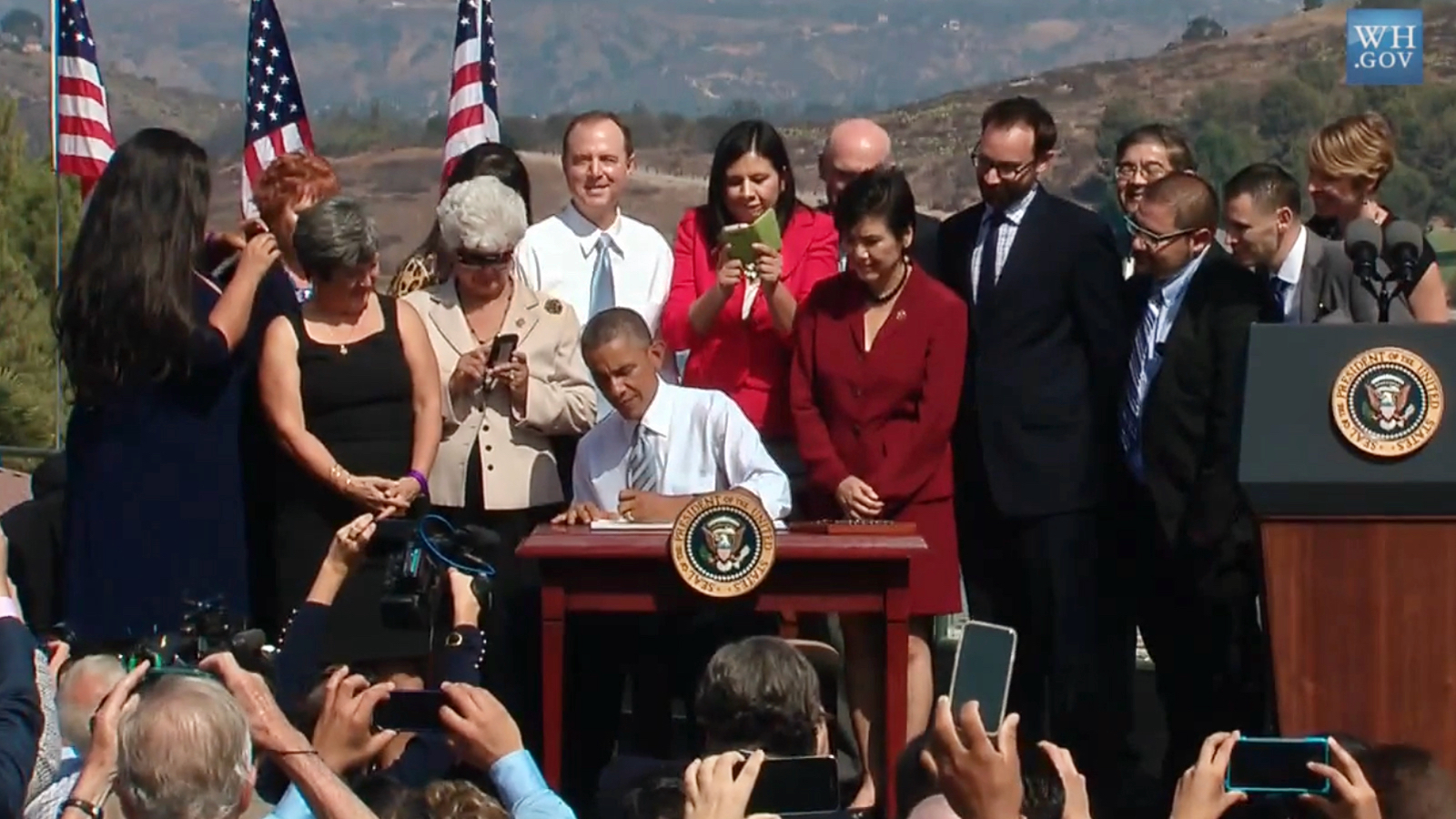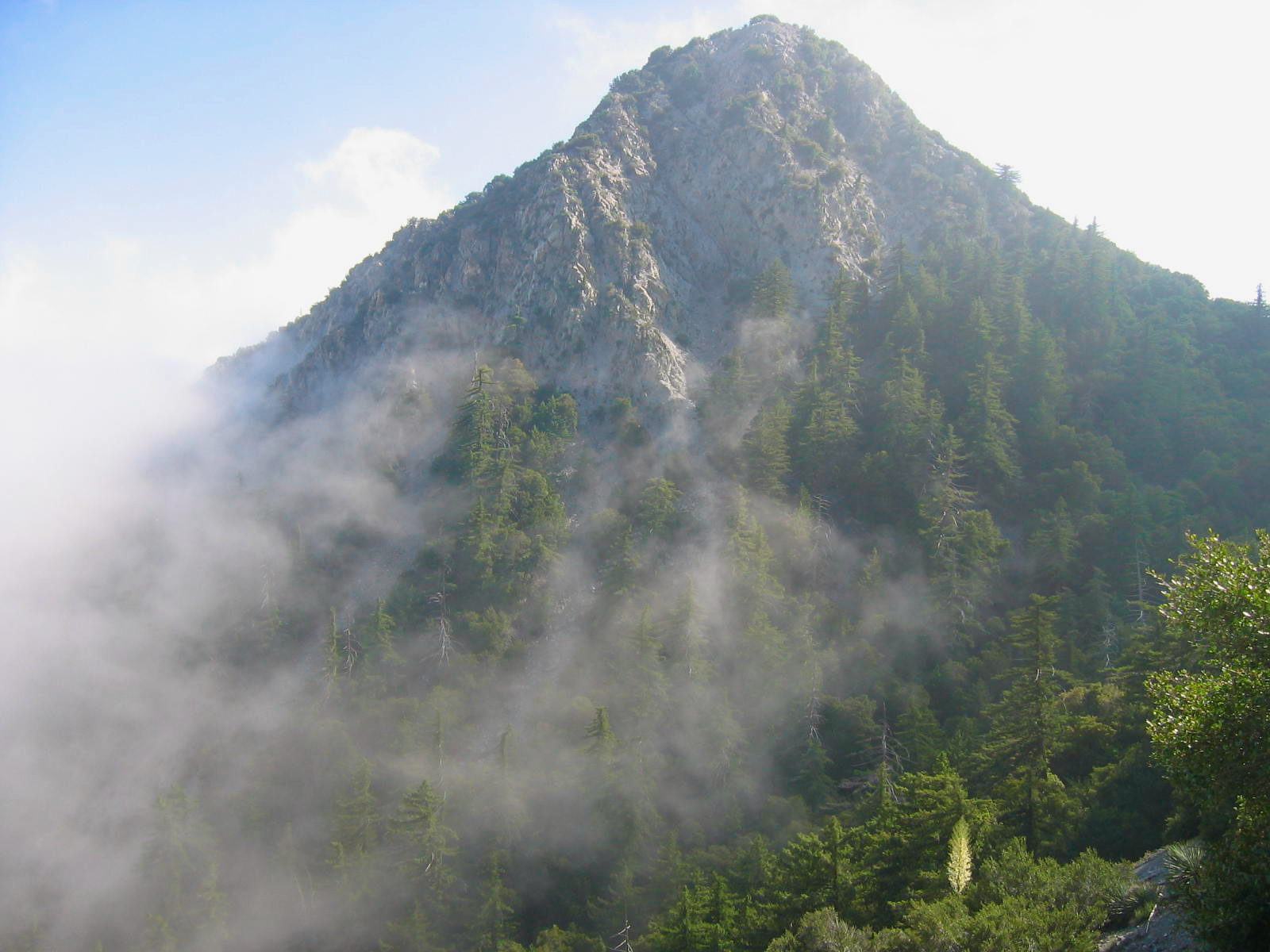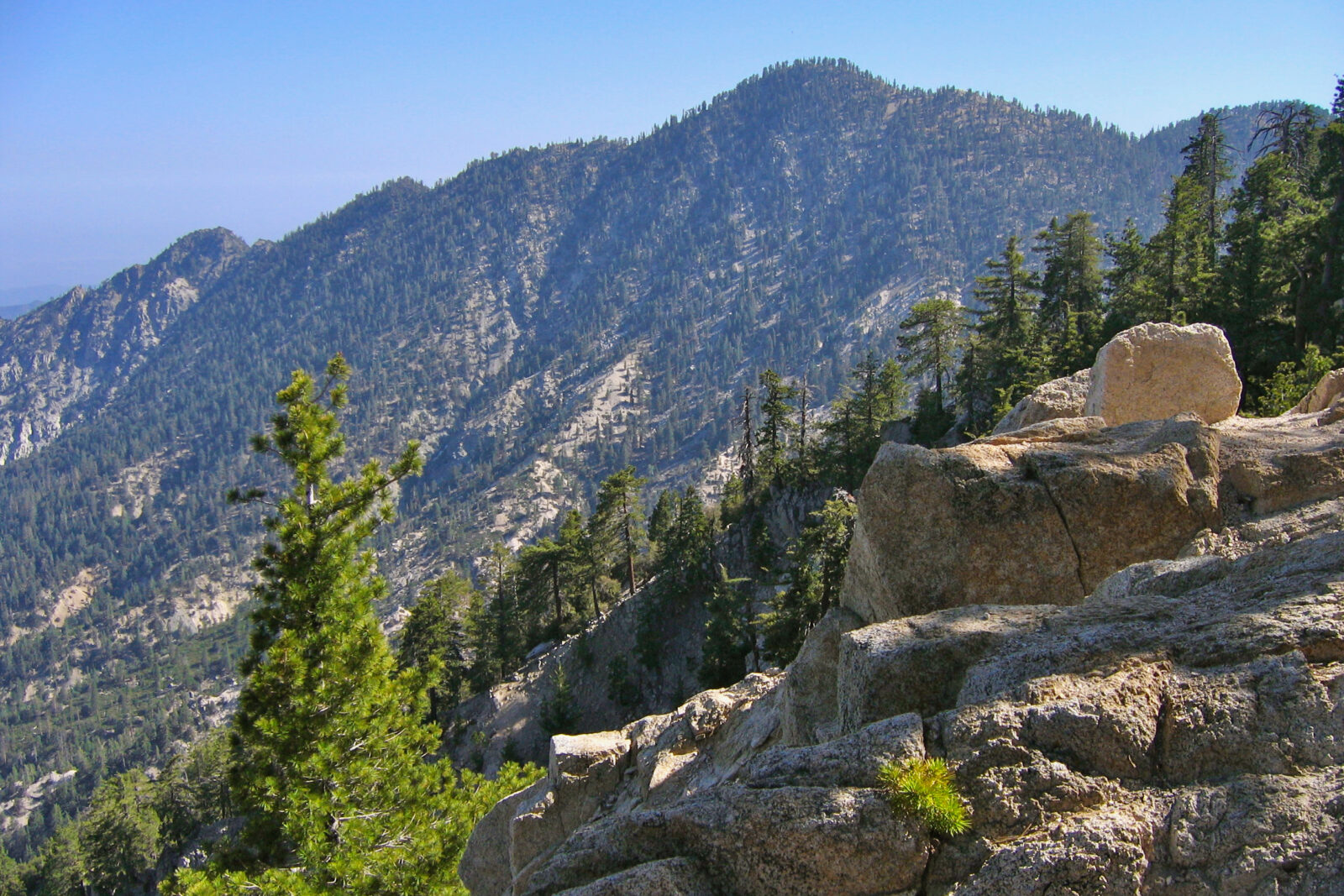This edition of Treehuggers International originally aired on March 28, 2010, on KBZT FM 94/9 in San Diego.
When this episode of Treehuggers International aired in the spring of 2010, it was an exciting time for Golden State wilderness and outdoor advocates, as three different conservation initiatives were underway in Southern California in varying stages, including areas of the loved-to-death San Gabriel Mountains in Los Angeles County, a pair of remote locales in northern San Diego County, and a vast expanse of unprotected land in the Mojave Desert, including multiple wilderness expansion proposals, numerous Wild and Scenic River designations, and several new National Monuments.
Ironically, many of the areas included in the 2010 Mojave Desert proposal are now facing considerable threats to native species and habitat due to massive investor-owned, utility-scale solar array projects being built at the expense of rooftop solar, enabled in no small part by rollbacks to federal NEPA and state CEQA statutes arranged by Democratic lawmakers.
Things have definitely changed since 2010.
On this episode of Treehuggers international (audio linked above) I welcomed Daniel Rossman from the Los Angeles office of The Wilderness Society, who today serves as the Southern California Mountains Landscape Director for the organization, and is primarily focused on the Wilderness Society’s long-term San Gabriel Mountains effort.
I also welcomed Steve Evans, who at the time was serving as the conservation director at the Sacramento-based Friends of the River, and today is on the staff at CalWild. Some of the program was recorded “in the field” in the San Gabriels in Dec. 2009, with the interview portion recorded at the now-former FM 94/9 studios in Mission Valley in Jan. 2010.
San Gabriel Mountains
Led by the Wilderness Society, Friends of the River, the Sierra Club, and other organizations included in the San Gabriel Mountains Forever coalition, the San Gabriel Mountains plan in 2010 called for considerable additions to the range’s then-three established Wilderness areas, including the Sheep Mountain, Cucamonga, and San Gabriel Wilderness in the Angeles and San Bernardino National Forests.
A plan was also in motion for a San Gabriel Mountains National Recreation Area in conjunction with the National Park Service (NPS), which had already conducted a feasibility study on the possibility of NPS management to not only ensure greater funding for conservation and resource protection, but to better serve the large, diverse population centers at the base of the range in the San Gabriel Valley and throughout L.A.
The San Gabriel Mountains, of course, were preserved more or less along the lines of the National Recreation Area proposal when President Obama, by presidential decree under the 1906 Antiquities Act, designated the range a National Monument in 2014. Daniel Rossman, who had long been part of the effort with the San Gabriel Mountains from the time this show was recorded to the monument designation to the present day, stood alongside the president at the signing ceremony for the National Monument on Oct. 10, 2014 (the photo is at the bottom of this post).
Today, an effort to expand the monument is underway, as the San Gabriel Mountains continue to have one of the greatest footprints of use, recreational or otherwise, of any protected area in the nation. Initially drafted with then-Congressman David Dreier, then with Congressman Adam Schiff, Congresswoman Judy Chu proposed an impressive expansion of Wilderness areas in the range in 2017 as part of the San Gabriel Mountains Protection Act, including additional acreage for the Yerba Buena Wilderness, and the critically missing Wild and Scenic protections for the East, West, and North Forks of the San Gabriel River and Little Rock Creek.
2010 California Desert Protection Act
In 1994 the late Sen. Dianne Feinstein championed passage of the original California Desert Protection Act, which not only secured her environmental legacy, but after decades of local advocacy finally preserved Death Valley and Joshua Tree as National Parks, created the new Mojave National Preserve, and set aside thousands of acres of intact Mojave Desert habitat as Wilderness.
While the 2010 bill stalled, portions of it were eventually preserved, again in a somewhat piecemeal nature, when President Obama designated both the Sand-to-Snow National Monument and Mojave Trails National Monument on Feb. 12, 2016.
Some 100,000 acres of the Sand-to-Snow National Monument were already protected as part of the original 1964 San Gorgonio Wilderness, but wildlife corridors were given additional latitude and permanence as the monument was drawn to the western boundary of Joshua Tree National Park in the Little San Bernardino Mountains, while a separate section connected to the Bighorn Mountain Wilderness to the northeast, and included Wild and Scenic River designations for the Whitewater River, which flows through the monument’s length into the Coachella Valley basin.
To the north, the Mojave Trails National Monument now preserves wild and historic locales along both sides of historic U.S. Route 66, including a sizable portion of the Mojave Desert west of the Mojave National Preserve, and another sizable area of intact Mojave Desert habitat west of the Arizona state line near the Colorado River and Needles.
Interestingly, one of the centerpieces of the Mojave Trails National Monument, Fenner Basin, was threatened during the Trump administration by the Los Angeles-based Cadiz group, which sought to tap and drain an ancient aquifer beneath the monument that connects to freshwater springs and riparian vegetation that, for millennia, has sustained bighorn sheep, desert tortoises, and migratory birds.
With a former Cadiz executive serving as Trump’s Interior Secretary, the BLM came on board with the proposal through political pressure, though the plan was ultimately stopped by a vote of the California State Lands Commission. Incredibly, in another case of “with friends like these,” that vote came over the objection of many Democrats and former Democratic staffers who supported the Cadiz proposal.
And to no one’s surprise, Cadiz is still trying tap the aquifer beneath Mojave Trails, and is now using a new name and progressive public relations to do so. An implied association with labor giant Dolores Huerta came back to bite them, however, when she accurately called out their greenwashing as “an astroturf group co-opting the language of environmental justice.” Beware.
Another episode of Treehuggers International with author and organizer David Lamfrom, then of the National Parks Conservation Association (NPCA), went into greater detail about the 2010 proposal, which remains one of the largest land management initiatives ever undertaken in the lower 48 states. Worth a listen.
Northern San Diego County
I was rather surprised in late 2009 to learn at the time that Congressman Darrell Issa, who represented California’s 49th congressional district in San Diego’s inland North County, had introduced legislation to expand the Agua Tibia and Beauty Mountain Wilderness areas in Riverside County into adjoining areas in northern San Diego County.
Passage of the bill would’ve added nearly 7,800 acres to the Agua Tibia Wilderness and 13,635 acres to the Beauty Mountain Wilderness, originally established by Congresswoman Mary Bono Mack and Sen. Barbara Boxer in the 2008 California Desert and Mountain Heritage Act. Several proposed Wild and Scenic River designations were also in play, including the upper Santa Margarita River above Camp Pendleton, and the San Diego River Gorge.
Crisscrossed by oak woodland canyons and chaparral-covered slopes, the areas are intensely rugged and heavily bouldered, with the Cutca Trail marking the main human passageway through the region. As has become the case with recent Wilderness proposals in areas with private property patchworked into public land, Issa’s legislation did allow for the continued use of a popular campground at the end of a pre-existing “cherry-stem” road into the wilderness, and permitted a corral along the edge of the Beauty Mountain Wilderness boundary. Another modern Wilderness concession was an allowance for mechanized firefighting efforts in the areas.
Ultimately, the proposal never went anywhere. Darrell Issa decided not to run for office again in 2018 after daily anti-Trump demonstrations at his office — only to turn around and run for the 50th congressional district seat in 2020 against disgraced GOP Congressman Duncan D. Hunter. Issa won, and has since survived redistricting to hold onto the seat.
To the best of my knowledge, Issa never pursued his 2010 Wilderness proposal in north San Diego County, nor did his successor in the 49th, Congressman Mike Levin. But we’d be happy to talk with Levin about it.
Mount Waterman trail banner photo © 2009 Tommy Hough, all rights reserved.
Fog-shrouded Mount San Gabriel photo © 2005 Tommy Hough, all rights reserved.
San Gabriel Mountains National Monument signing ceremony photo courtesy of The White House (public domain).



